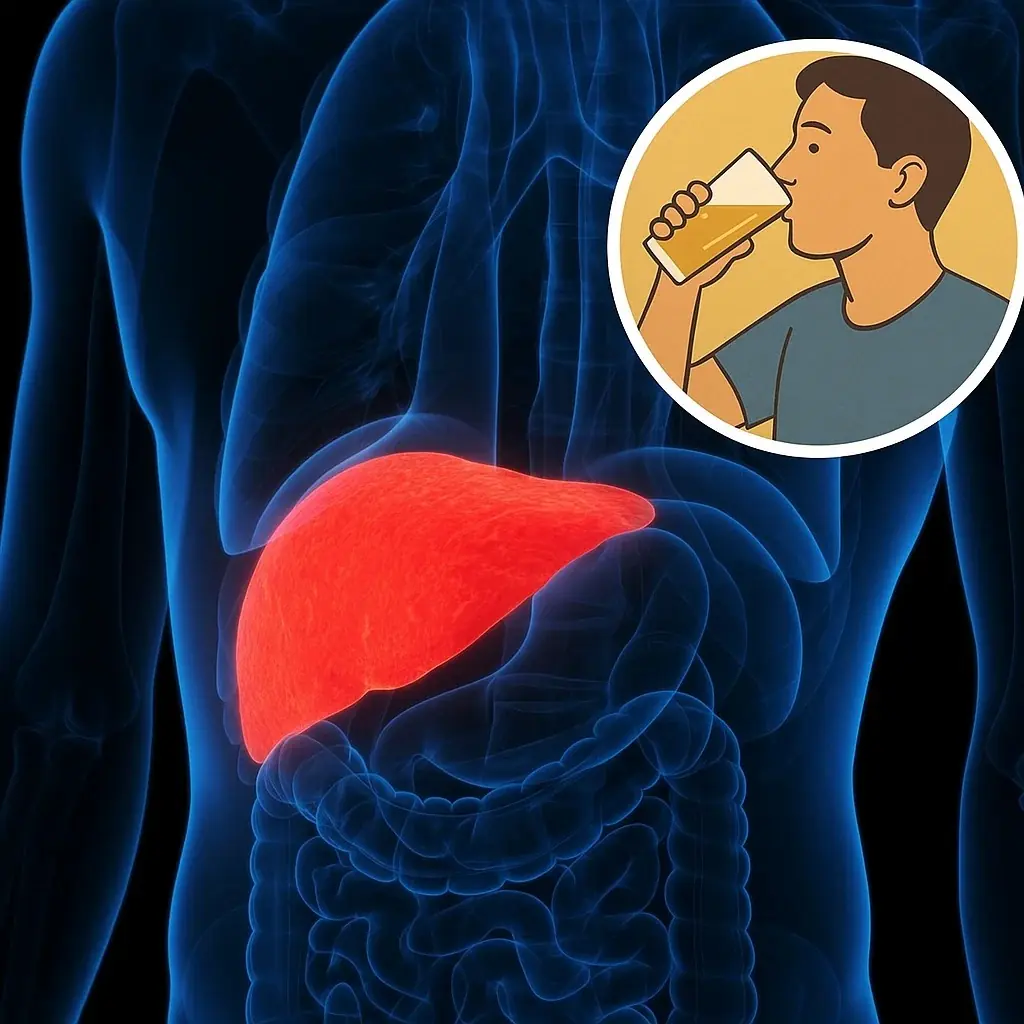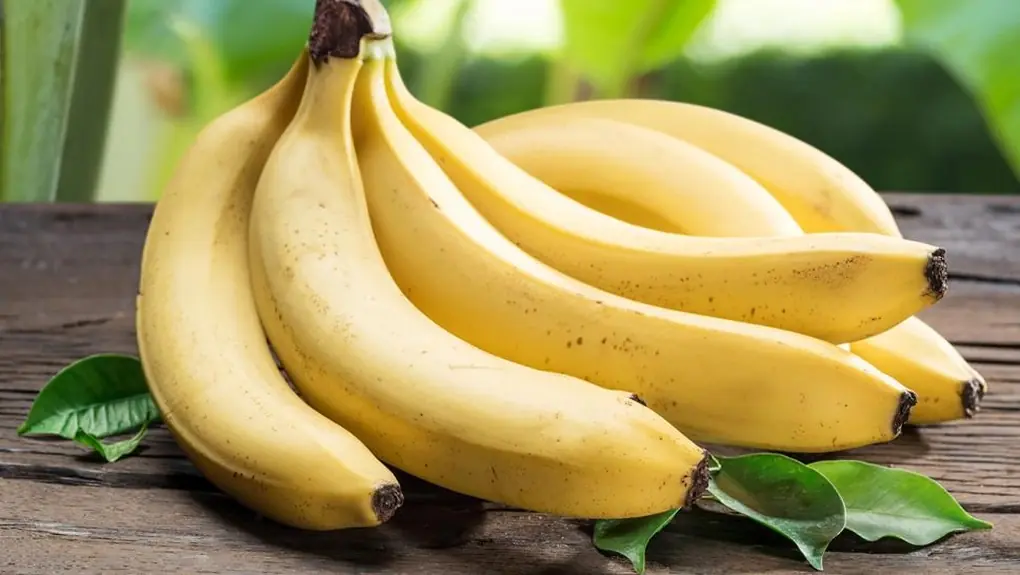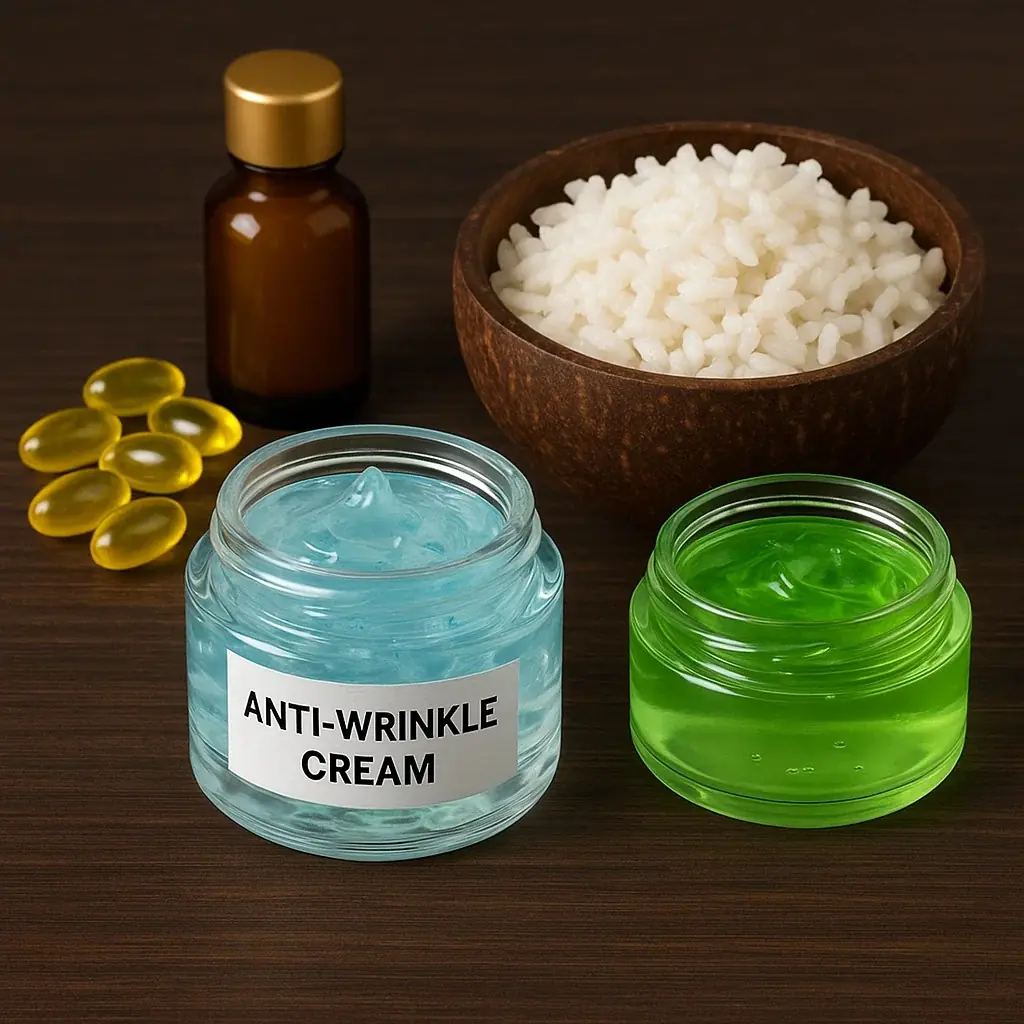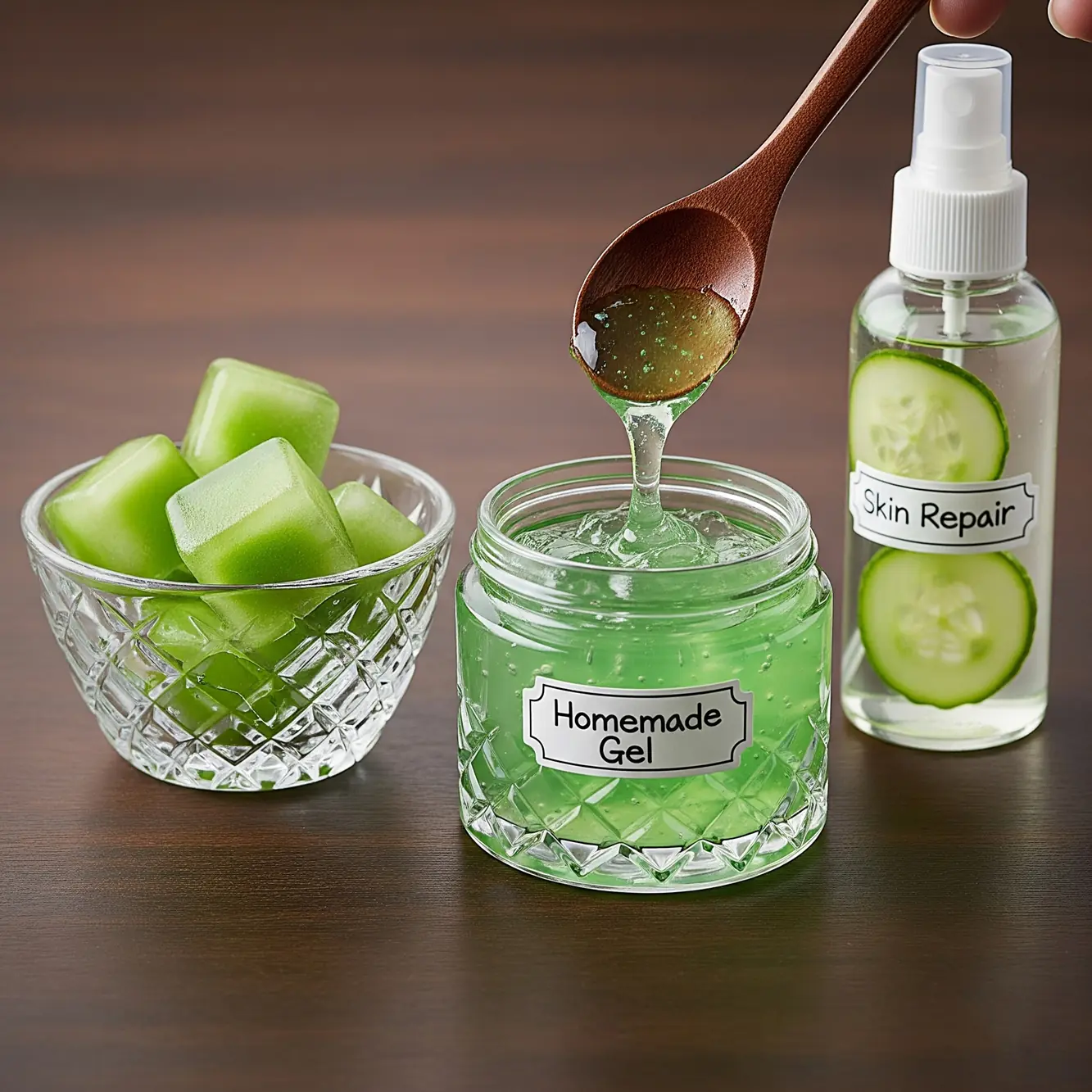
Doctor reveals disturbing reason she "threw away her air fryer" after explaining major risks
Dr. Poonam Desai’s warning about air fryers and her advice on milk consumption have sparked significant debate in the health community.
Ground beef is a kitchen staple in many households, but lately, a viral trend has emerged on TikTok: Should you rinse your ground beef before or after cooking? While the idea may seem tempting, it’s essential to understand the science and food safety guidelines surrounding this practice. Should you be rinsing ground beef to make it healthier? Or is it a culinary misstep? We spoke with experts to explore the pros, cons, and food safety considerations when handling raw ground beef.
Why Are People Rinsing Ground Beef?
TikTok has introduced many creative cooking tips that have changed the way people approach meals at home, from innovative ways to chop onions to viral recipes like baked feta pasta. However, when it comes to rinsing ground beef, the trend has raised some questions. Some people claim that rinsing the meat can make it healthier by removing excess fat or potential contaminants, but is this actually a good idea?
The practice of rinsing ground beef before cooking has sparked debates about food safety, with both food safety experts and chefs providing their input. Before adopting this technique, it’s important to consider what science and food safety experts recommend.
Should You Rinse Ground Beef Before Cooking?
According to Diana Clark, a meat scientist with Certified Angus Beef, there is no need to wash ground beef before cooking. The U.S. food system, she explains, ensures that all beef sold in stores is safe to eat, meaning that washing ground beef before cooking does not offer any significant health benefits.
Clark further emphasizes that ground beef should always be cooked to an internal temperature of 160°F (71°C) to ensure that it’s safe to consume. This practice eliminates any harmful bacteria that may be present. If you are concerned about food safety, keeping your ground beef properly stored in the refrigerator at or below 40°F (4°C) is the best preventive measure.
The Risks of Rinsing Ground Beef
While rinsing ground beef before cooking might seem like a good idea for removing excess fat or bacteria, there are risks involved. Heidi Meyer, co-creator of Pound of Ground Crumbles, points out that rinsing raw ground beef can cause splattering, which leads to raw juices spreading throughout your kitchen, potentially contaminating surfaces. The U.S. Department of Agriculture (USDA) has noted that water can splash bacteria up to three feet around your sink, which makes proper cleaning of surrounding areas crucial if you do decide to rinse your ground beef.
From a food safety standpoint, Clark stresses that there is no need to rinse ground beef, as long as it’s handled and cooked properly. In fact, rinsing it could potentially introduce harmful bacteria into other areas of the kitchen.
What About Rinsing Ground Beef After Cooking?
Another recent trend circulating on social media is rinsing ground beef after cooking to remove excess grease. However, experts like Diana Clark and Ferrell Alvarez, a chef and restaurateur based in Tampa, suggest that rinsing cooked ground beef is unnecessary.
Clark points out that the grease left after cooking is part of the beef’s natural flavor. Rinsing it would not only strip the meat of its flavor but also reduce the richness that adds to the overall taste of your dish. If you’re concerned about the grease, she recommends simply draining the cooked ground beef in a colander or using paper towels to absorb the excess fat.
Ferrell Alvarez, who owns Nebraska Mini-Mart and specializes in burgers, also believes that rinsing cooked ground beef is pointless. "I’ve never heard of rinsing ground beef, ever,” Alvarez says. “It’s not going to harm anything, but there’s no point at all."
Best Practices for Handling Ground Beef Safely
While the idea of rinsing ground beef may be tempting, both food safety experts and chefs agree that it’s not necessary and may even be risky. To safely handle ground beef and avoid any potential contamination, here are some best practices:
- Store Ground Beef Properly: Always store ground beef in the refrigerator at or below 40°F (4°C). For longer storage, freeze it to maintain its freshness.
- Cook to the Right Temperature: Ensure that your ground beef reaches an internal temperature of 160°F (71°C). This will kill any harmful bacteria such as Salmonella, E. coli, and Listeria.
- Avoid Cross-Contamination: If you do decide to rinse your ground beef, be extra cautious about cleaning surfaces and utensils to avoid spreading bacteria. The USDA advises thorough cleaning of your sink and countertops after handling raw meat.
- Drain, Don’t Rinse: If you want to remove excess fat after cooking, the best approach is to drain the beef in a colander or pat it dry with paper towels, rather than rinsing it.
Conclusion: The Bottom Line on Rinsing Ground Beef
When it comes to rinsing ground beef, food safety experts and chefs are in agreement: it’s unnecessary and could even pose risks. Rinsing raw ground beef could lead to the spread of harmful bacteria, while rinsing cooked beef strips it of its natural flavors. To maintain food safety and preserve the flavor of your meal, focus on proper storage, handling, and cooking techniques.
For those looking to reduce fat content, draining ground beef after cooking is the best option. So, while rinsing ground beef might seem like a good idea, it’s simply not necessary and may even do more harm than good.
Credit
This article has been informed by insights from food safety experts such as Diana Clark, a meat scientist with Certified Angus Beef, and Heidi Meyer, co-creator of Pound of Ground Crumbles. Additional information was sourced from Southern Living and Ferrell Alvarez, chef at The Proper House Group in Tampa, Florida. For more details on safe meat handling practices, refer to official sources like the U.S. Department of Agriculture (USDA).

Dr. Poonam Desai’s warning about air fryers and her advice on milk consumption have sparked significant debate in the health community.

The healing process begins almost immediately after you stop drinking, with visible improvements occurring over weeks and months.







Explore how c@ncer causes de@th through a detailed simulation. Learn about the stages of c@ncer progression, including organ failure, infection, cachexia, and more. A sh0cking look at the realities of c@ncer's impact on the body.



Discover how a new tiny machine is changing the way cholesterol is removed from bl00d vessels. This minimally invasive technology could reduce the need for surgery and offer a safer, more effective solution for cardiovascular health.

Explore how different generations, from Millennials to Gen Z, use emojis to communicate and express emotions. Learn how these symbols have evolved into a unique language and what experts say about their growing importance in communication.


Learn about the 17 warning signs of c@ncer, from abnormal periods to unexplained weight loss. Discover how early detection through screenings and being aware of changes in your body can help you fight cancer effectively.

Discover the seven life-changing rules followed by 102-year-old nutrition professor Dr. John Scharffenberg. Learn how to live longer and healthier with these simple but scientifically-backed habits.



Researchers in Australia have taken a major step forward in the search for a cure for HIV, developing a groundbreaking treatment that forces hidden fragments of the virus to expose themselves, enabling the immune system to target and eliminate these viral

These natural ingredients have been used for centuries due to their gentle yet effective properties, which make them suitable for all skin types, even sensitive or acne-prone skin.

Dr. Poonam Desai’s warning about air fryers and her advice on milk consumption have sparked significant debate in the health community.

The healing process begins almost immediately after you stop drinking, with visible improvements occurring over weeks and months.

With regular use, this DIY cream can improve skin texture, reduce the appearance of wrinkles, and restore a youthful glow.




These 10 DIY potato and rice-based face masks offer a natural, cost-effective solution for reducing the signs of aging.


A heartwarming story of a young boy who stood up against an older man’s hara$$ment, teaching us all about bravery, kindness, and standing up for others. A true act of courage in a world that needs more heroes.



Explore how c@ncer causes de@th through a detailed simulation. Learn about the stages of c@ncer progression, including organ failure, infection, cachexia, and more. A sh0cking look at the realities of c@ncer's impact on the body.



Discover how a new tiny machine is changing the way cholesterol is removed from bl00d vessels. This minimally invasive technology could reduce the need for surgery and offer a safer, more effective solution for cardiovascular health.

By incorporating these milk face mask recipes into your skincare routine, you can achieve a glowing, youthful complexion without the need for expensive products or harsh chemicals.

A story of a woman’s clever, unexpected revenge after her husband’s betrayal. How a simple act turned the tables, leaving his new life in ruins. A mix of humor, cunning, and a touch of justice.

A stranger pays for a woman’s birthday yogurt, sparking joy and gratitude. Read this heartwarming story! ❤️🍦

By incorporating these simple, DIY cucumber-based recipes into your daily routine, you can achieve glowing, youthful skin without the need for harsh chemicals.